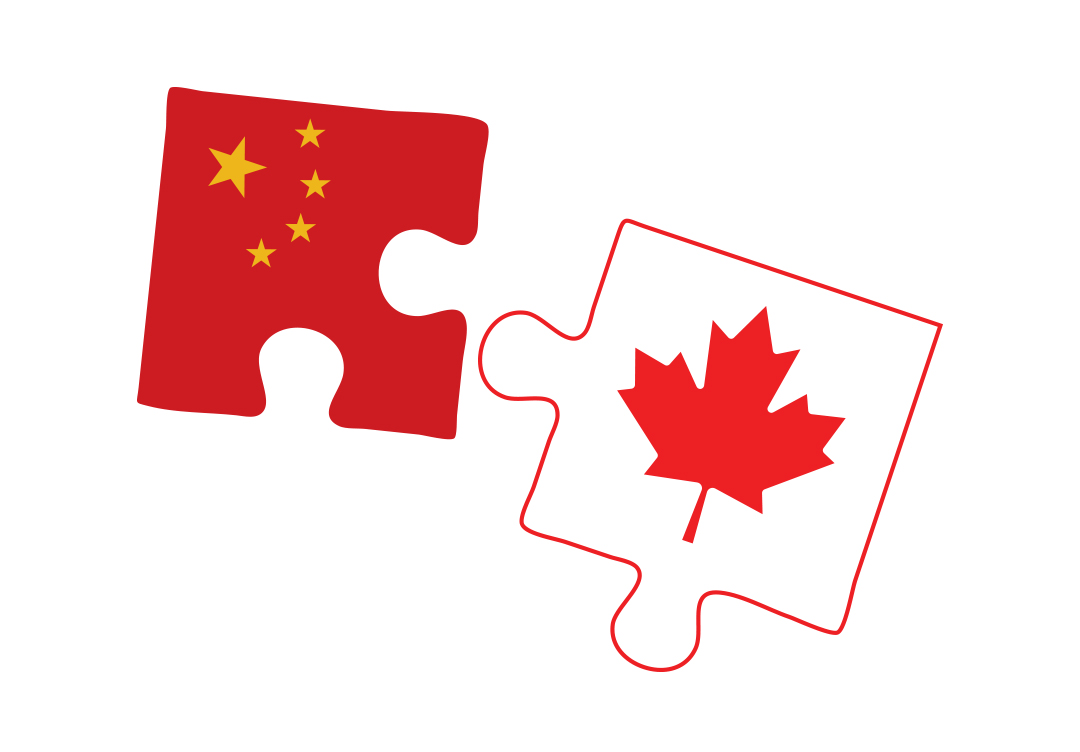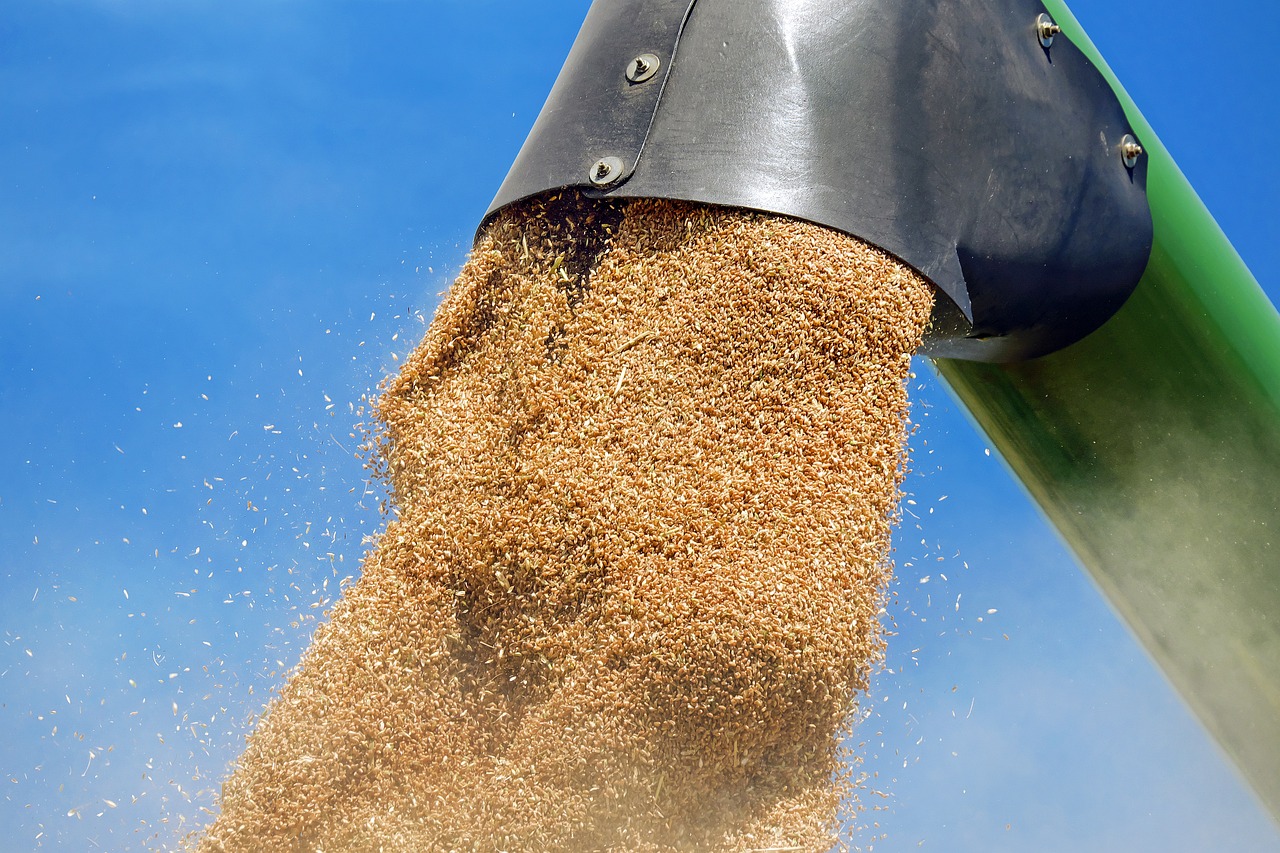STRENGTH IN DIVERSITY
BY GEOFF GEDDES
It is a valuable livestock feed, food ingredient, beer component and is even used to lower blood pressure, but if barley loses its market, farmers will feel the economic pressure. After Huawei CFO Meng Wanzhou was arrested in Vancouver in 2019, China banned two major Canadian grain trading companies from exporting canola seed to that country. While the three-year prohibition was lifted in May of 2022, it left the barley sector to question its own trade relationship with China. Could Canada be next? If so, what then?
“Barley sales to China are a core part of Canada’s export program,” said Shannon Sereda, director of government relations, policy and markets for the Alberta Wheat Commission and Alberta Barley.
China imposed an 80.5 per cent tariff on Australian barley in 2020 that effectively halted annual exports worth close to CAD $1.3 billion to the Aussies. Canada has since delivered more than 90 per cent of its barley exports to China.
“Anytime you see concentration of your exports into a single market, you start to get concerned,” said Sereda. “This has led to conversations around reducing our risk by diversifying our barley sales abroad.”
THE MORE THE MERREIR
The broadening of Canada’s export horizons can’t come soon enough, according to Guy Saint-Jacques, Canada’s ambassador to China from 2012 to 2016. “China is a master at using coercion to send a message when they are displeased with a certain country,” said Saint-Jacques, who is based in Montreal, QC, and serves as a fellow at the China Institute of the University of Alberta in Edmonton. “According to an Australian study, China used coercive action 152 times against 27 countries from 2010 to 2020,” he added.
Though Canadian canola farmers largely circumvented the Chinese tariffs from 2019 to 2022 by sending canola to Qatar, where it was crushed and reshipped to China, that extra step was costly.
“For some reason, Ottawa took a long time before launching a complaint with the World Trade Organization (WTO),” said Saint-Jacques. “I told them that [Chinese President] Xi Jinping was a very tough leader. With China, you have to hit back and hit hard when they act up like this.”
In response to Chinese measures, Canada has asked the WTO to create a dispute settlement panel, something that should help crops such as barley down the road. “A decision of that panel against China would mean another black eye for their country,” said Saint-Jacques. “They pride themselves on being a champion of globalization and free trade, so they have a strong incentive to avoid such an outcome.”
Black eyes aside, Canadian barley exporters must wonder if China’s incursions against their business will become business as usual in years ahead. “The key question is, what are ultimately the risks of being so heavily reliant on China as an importer of Canadian barley?” said Jonathan Driedger, senior market analyst and VP, LeftField Commodity Research in Winnipeg, MB. “Frankly, there’s a risk. And it’s not just us. You look at the U.S. and, say, soybeans, it’s good when [China is] buying because they can absorb a huge amount. And on their own with some of these crop markets, they can swing a balance sheet from being comfortable to being tight very quickly, and drive prices higher.”
Conversely, when the market has come to rely on Chinese purchasing but the country buys less, or switches who it buys from, the pendulum can swing the other way. “We’ve seen that [swing] in other crop markets, and it’s not just us,” said Driedger. “Australia and other countries have been on the wrong side of that as well. It’s just the nature of being heavily reliant on one customer.”
UNCERTAINTY? CERTAINLY
While the uncertainty sparked by Chinese barley tariffs has disturbed the international market, that market is no stranger to disruptions, especially where China is concerned. “Global commodity markets are highly unpredictable and uncertain to start with,” said Driedger. “On top of that, China, even in quote, unquote, ‘normal times,’ is often a difficult market to anticipate what exactly they will do. They are increasingly opaque. Their buying habits are not just driven by markets—import price, export price, freight and so forth. There are often maybe other political motives behind where they buy from or don’t buy from. All of those things add a greater layer of uncertainty.”
Of course, what goes up must come down. If the markets shifted with the China–Australia situation, will they shift again when cooler heads prevail? If, for example, China at some point imports significantly less Canadian barley than it had previously, Canada will simply export less barley, said Driedger. Though such a drop in Canadian barley exports to China could push prices down here at home, it might not equal doom and gloom.
“In Canada, we do have a fairly tight barley market this season anyway,” said Driedger. “So, it might not be as bearish in the shorter term, as in years when we already have an abundance and you’re sort of needing China to clear some supply. Maybe barley, for example, just displaces some imported U.S. corn. Maybe the risk would be a little bit longer term. If we ended up planting a lot of barley and having big yields next year, and now supplies start to rebuild.”
To safeguard Canada’s barley export program, some experts believe there is a clear need for Canada to diversify beyond China. “Canada has a long tradition of selling malting barley to China. We have very good relationships with our buyers there and Canadian barley is recognized as a premium product. But having China as our biggest market by far could put us in jeopardy if there is ever a trade dispute,” said Peter Watts, managing director at the Canadian Malting Barley Technical Centre in Winnipeg, MB. “As a result, we are exploring existing markets where we could increase our exports and looking at the potential for new markets.”
For example, Japan is now an important market for Canadian feed and malting barley as well as processed malt, but there is potential to build on this. “Mexico is another key client,” said Watts. “They are Canada’s second largest market for processed malt, and they also need half a million tonnes of malting barley every year that we are not currently supplying them. That is a great marketing opportunity, as are countries in southeast Asia such as Vietnam and Thailand and South American locations like Colombia, Peru and Brazil.”
POWER IN THE PROACTIVE
While expanding our reach is a priority, so too is preventing future trade obstacles with China and other barley buyers. “The European Union has adopted a new anti-coercion law allowing them to impose tariffs and block imports and investments from countries using coercion with member states,”
said Saint-Jacques. “This is clearly directed at China. For Canadian barley growers, they need predictability as much as possible. I have suggested a few things to our government in this regard.”
For starters, Saint-Jacques said victims of tariffs should immediately contact the WTO. He also feels Canada should adopt a law such as that in the EU regarding coercion. “Finally, I think the time has come for an agreement among Canada, Australia and the United States. This would state that if one of them is a victim of unjustified tariffs, the other two promise they won’t take advantage of the situation and will limit exports to their historical share of the market. This would send a message to China that dividing and conquering no longer works.”
If it sounds like there is undue focus on China, the former ambassador is quick to dispel the notion. “A Chinese proverb states that, ‘You kill the chicken to scare the monkey,’” said Saint-Jacques. “When China imposes these excessive tariffs, they want to send a message to other countries that they better not cross them. Anytime that China strikes like this, we must respond assertively, and at some point, they will hopefully get the message and back off.”
Given the fragile nature of trade relations these days, a warning about putting all our eggs in one basket may be timely. “This is all about not being complacent,” said Sereda. “We need a responsible approach to addressing these export problems before they occur.”
As Sereda sees it, to ensure we are not completely dependent on one market for barley sales is a form of risk management. It is a responsible action for organizations such as Alberta Barley that work for the benefit of barley farmers.
“We recognize the stakes are high, and that is where efforts to expand our reach come in,” said Sereda. “Selling to China will always be part of our approach, but to ensure long-term success, we want a global market competing for our product.”







Comments